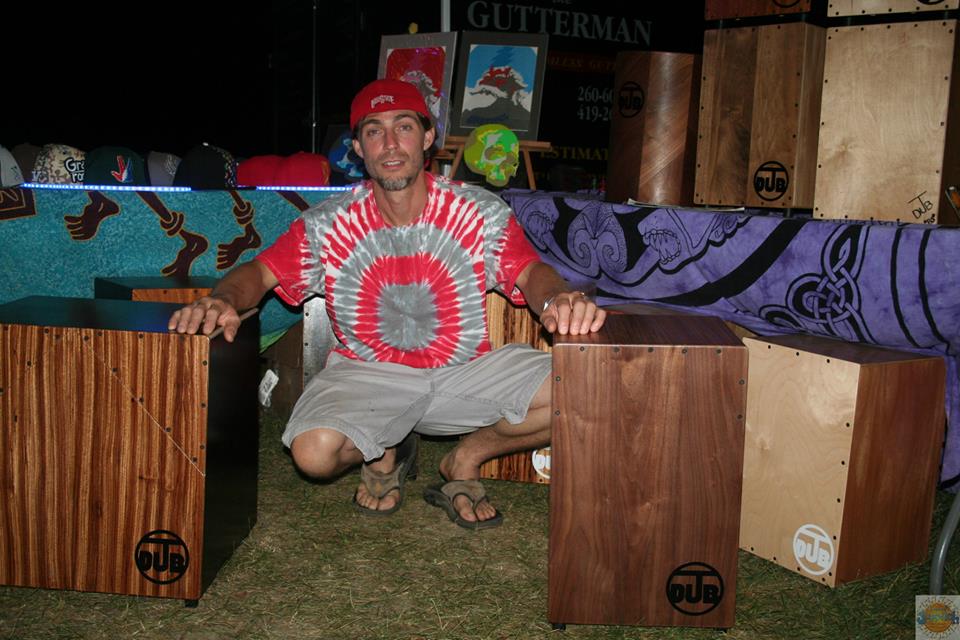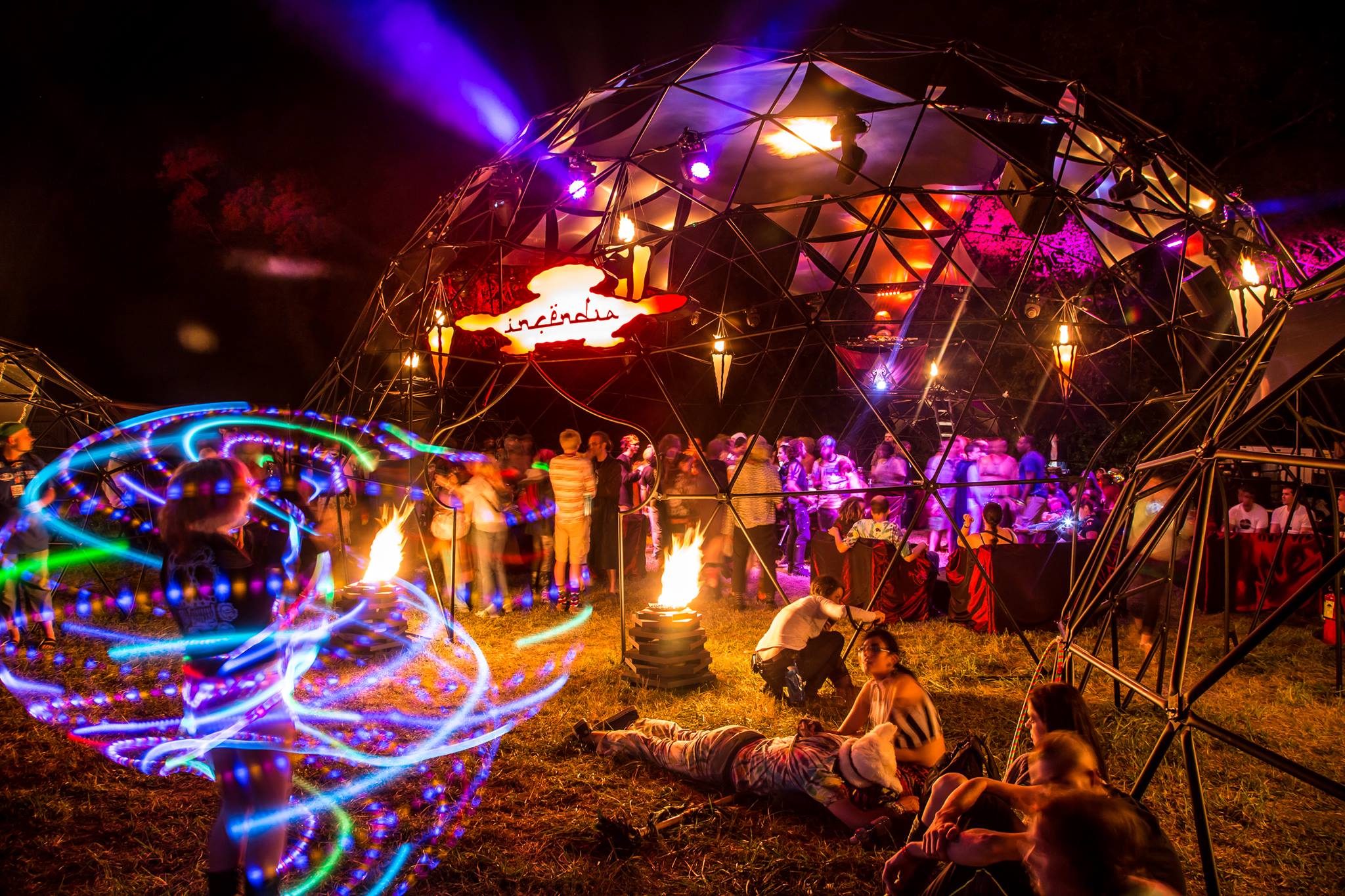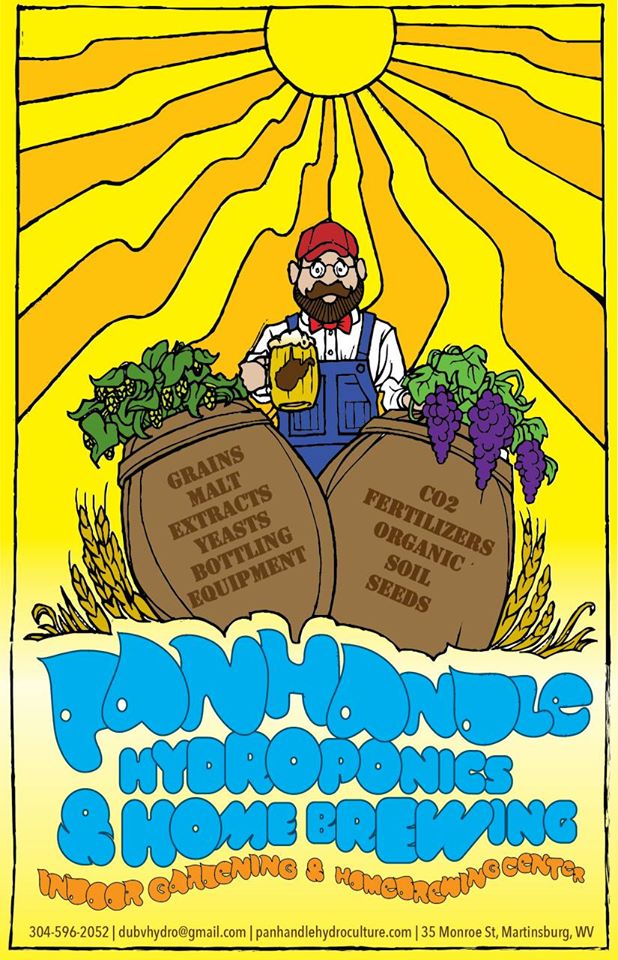JDUB Cajóns– Interview with Jamie Welsh – owner of JDUB Cajóns
by Ryan Neeley – photos by Appalachian Jamwich Photography and courtesy of Jamie Welsh
I first met Jamie Welsh, owner of JDUB Cajóns at The Ville Music Festival vending at my good friend Tim Pape’s booth, and I was immediately drawn to the beauty of his creation – and then I heard it being played and was blown away by the sounds that this box that many mistaken as a stereo speaker can produce. The cajón has become increasingly popular with percussion lovers across the country because they’re easy to transport, aesthetically beautiful and can produce a variety of sounds and tones. I recently sat down with Jamie to find out more about the instrument and his process of creating it.
Appalachian Jamwich (AJ) – So what exactly is a cajón?
Jamie Welsh (JW) – A cajón (Spanish pronunciation: [kaˈxon] (Ka-hone), “crate”, “drawer”, or “box with a hole in it”) is a six sided, box-shaped percussion instrument originally from Perú, played by slapping the front or rear faces (generally thinplywood) with the hands, fingers, or sometimes various implements such as brushes, mallets, or sticks.
 AJ: Where did you first see them?
AJ: Where did you first see them?JW: I first saw the cajon at an acoustic gig! I heard the sound they put out and was blown away! Taking the words from Ryan Neeley “the sound these put out is nothing short of magical”. The drummer wasn’t at a normal kit. That raised interest right away.
AJ: HaHa! It really is magical! How did you get into making them?
JW: I had a friend that knew I was a woodworker(12 years now). He asked me to make him one. So I did a whole lot of research and decided that this was my contribution to the music industry! I have seen a lot of people play some awesome music with these instruments.
AJ: What is your process?
JW: The process I use depends on the style of cajon I am making and the materials used. If I am making a plywood drum, I cut my panels to size. I then make a dado cut, to give the drum more structural strength. Once this is done, you glue the box together. Making sure it is truly square, clamp it nice so the joints are nice and tight. Now that your box is ready for construction, I build a custom frame inside to give more strength. Then decide what style of snare to add. A fixed snare or an adjustable snare. Fixed snare you use snare wires and adjustable you use guitar strings. Then decide what material to use for the Tapa(striking surface). I make my own solid wood veneer. So I can get really artistic. After the tapa is made you fit it to the drum. Each tapa screw is precisely measured for equal tightness. Then I put my own finish on and now it’s ready to get down on. If I use solid wood material, I make my own panels out of rough lumber. Then use the same process. I don’t like to paint the drums. I feel you need to let the wood shine in all of its glory!!

AJ: What’s different about your cajon?
JW: I feel that I have a one of a kind cajon or trejon, because I like to use solid wood material. That alone makes it one of a kind, cause you won’t find another drum with the same wood grain! I also have a unique sound hole design. This design allows you to use another JDUB product- the cajon cork. This is my own designed product for plugging the sound holes in any combination to get that perfect tone a percussionist is looking for. No other cajon company has this product. I can also make the sound holes to a specific size to give again different tones so your cajon will sound different from that store bought cajon.
 AJ: The wood you use is stunningly beautiful- where do you get it?
AJ: The wood you use is stunningly beautiful- where do you get it?JW: All drums that are solid wood material is hand selected by myself. I look for the grain and let the imperfections speak to me. This gives the uniqueness to every drum. Most of my lumber comes from Ohio. I order the exotic wood from the Ohio store. All exotics come from all over the world, some more rare than others. Mixing domestic and exotic definitely give the one of a kind look.
AJ: Have you made changes to your initial design?
JW: I have. The sound holes, the way I make the tapas, all the way to how I finish the products. If your not trying to make design changes then your not looking to be an innovator. I came up with the idea of cajon corks and look to make another innovative product. I want to make products that no one else offers. That will set you aside from all of the other brands.
AJ: I first met you at The Ville Music Festival- do you think you will be vending at other Festivals next year?
JW: We are definitely going to be at the Ville for both spring and fall festivals. We are currently looking into other venues to attend. Whether it be a music festival or an arts and craft show. Recommendations would be appreciated.
AJ: Where do you see JDUB CAJON’S in 2014 and beyond?
JW: We currently have 10 products and are also teaming up with Flight Drummers from Wooster (OH) to produce a solid wood drum kit. Prototypes are currently in the works. I would like to have enough work to keep myself busy all year round and being self employed.
JDUB CAJON’S would like to Thank, Steve Grimes, Derrick Palizay, Troy Underwood, Brad Ripple, Delon Shetler, Roy Hochstettler, Dean Troyer, and last but not least my family who gets neglected to make such awesome instruments! Thank you all for your support! One last huge shout out and huge thank you to Ryan Neeley and Appalachian Jamwich!!!!











